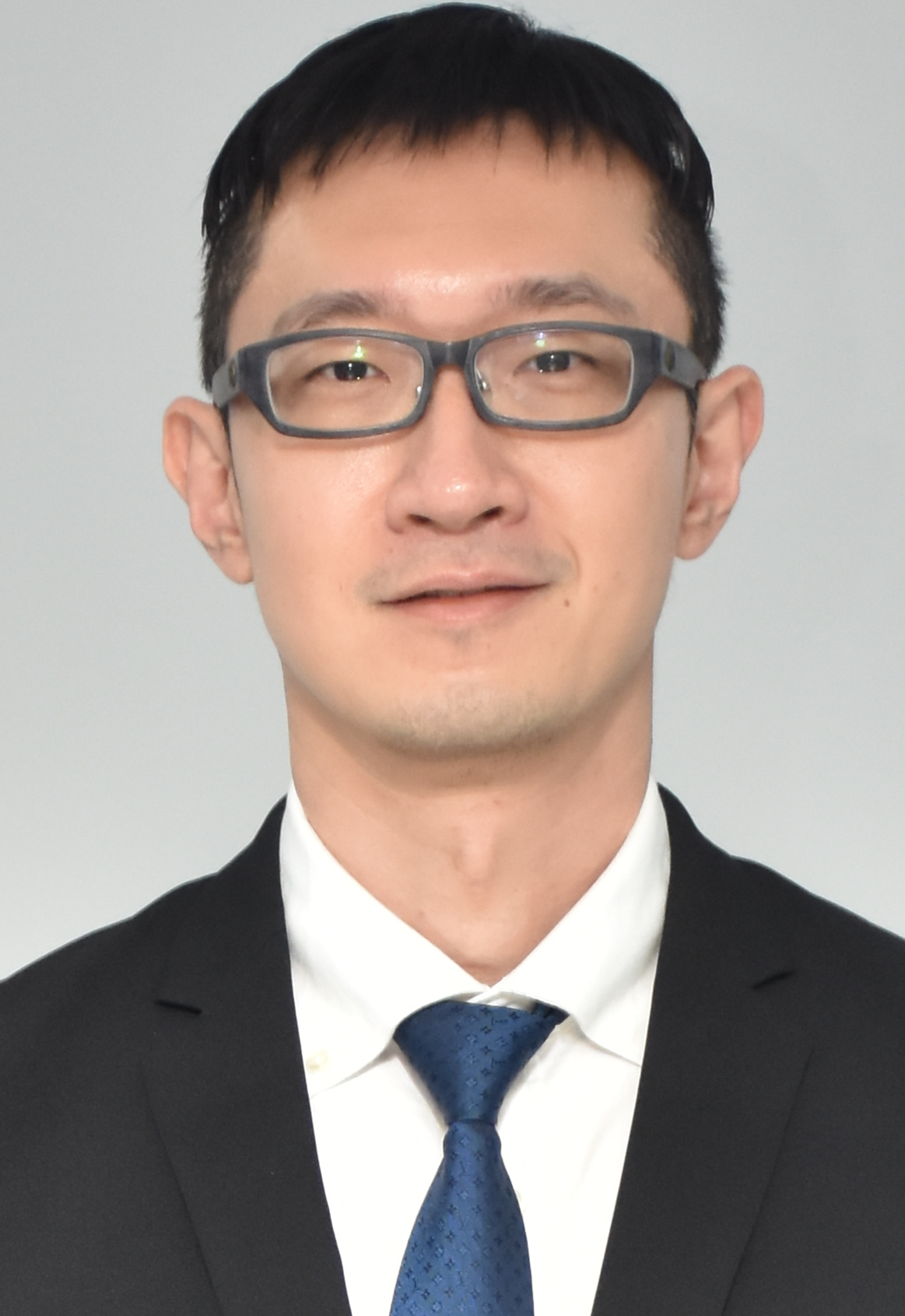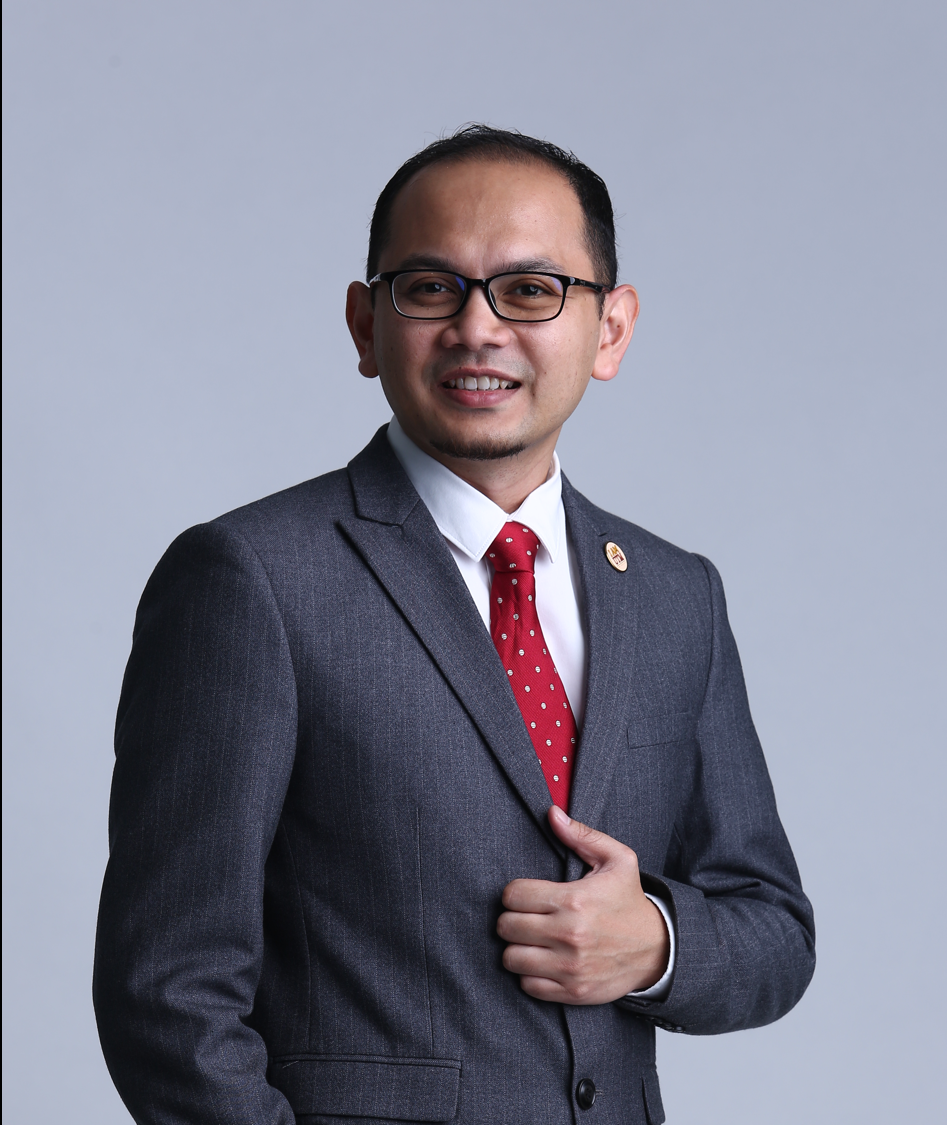KEYNOTE SPEAKER 1

Prof. Erik Cambria, IEEE Fellow, Nanyang Technological University, Singapore
Biography:
Erik Cambria is a Professor of Artificial Intelligence at Nanyang Technological University, where he also holds the appointment of Provost Chair in Computer Science and Engineering, and a Visiting Professor at MIT Media Lab. He is also Founder of several AI companies, such as SenticNet (https://business.sentic.net), offering B2B sentiment analysis services, and finaXai (https://finaxai.com), providing fully explainable financial insights. His research focuses on neurosymbolic AI for interpretable, trustworthy, and explainable affective computing in domains like mental health, climate resilience, and socially responsible investing. He is ranked in Clarivate's Highly Cited Researchers List of World's Top 1% Scientists, is recipient of many awards, e.g., IEEE Outstanding Early Career, was listed among the AI's 10 to Watch, and was featured in Forbes as one of the 5 People Building Our AI Future. He is an IEEE Fellow, Associate Editor of various top-tier AI journals, e.g., Information Fusion and IEEE Transactions on Affective Computing, and is involved in several international conferences as keynote speaker, program chair and committee member.
Title:7 Pillars for the Future of AI
Abstract:
In recent years, AI research has showcased tremendous potential to impact positively humanity and society. Although AI frequently outperforms humans in tasks related to classification and pattern recognition, it continues to face challenges when dealing with complex tasks such as intuitive decision-making, sense disambiguation, sarcasm detection, and narrative understanding, as these require advanced kinds of reasoning, e.g., commonsense reasoning and causal reasoning, which have not been emulated satisfactorily yet. The Seven Pillars for the future of AI (
https://sentic.net/7-pillars-for-the-future-of-ai.pdf
) address these shortcomings and pave the way for more efficient, scalable, safe and trustworthy AI systems.
KEYNOTE SPEAKER 2

Prof. Masaki Oshita, Kyushu Institute of Technology, Japan
Biography:
Masaki Oshita is a professor at Kyushu Institute of Technology. He received his BS, MS, and PhD degrees from Kyushu University in 1998, 2000, and 2003, respectively. His research interest is interactive computer animation which includes dynamic motion control of human figures, motion control interface, motion synthesis, physics-based simulation, human-computer interaction, etc.
Title: Controlling Avatar in the Metaverse
Abstract:
In recent years, the use of the metaverse has expanded and it has become common for us to have our own avatars in the metaverse. However, because the human body has complex structure and high degrees-of-freedom, there is no easy way for us to control the full body movements of an avatar. We have been developing various user interfaces for manipulating virtual human characters with unique devices and novel motion control methods. In this talk, I will introduce these interfaces and discuss ways to control our own avatar.
KEYNOTE SPEAKER 3

Prof. Dr. Mohd Shahrizal Sunar, Universiti Teknologi Malaysia, Malaysia
Biography:
Niche Area : Extended Reality, Virtual Reality, Augmented Reality
Professor Dr Mohd Shahrizal Sunar is the Director of Institute of Human Centered Engineering (iHumEn) and Founding Director of Media and Game Innovation Centre of Excellence (MaGICX), Universiti Teknologi Malaysia. He obtained his PhD from the National University of Malaysia. His major field of study is real-time and interactive computer graphics and virtual environment. He received his MSc in Computer Graphics and Virtual Environment from The University of Hull, United Kingdom and BSc degree in Computer Science majoring in Computer Graphics from Universiti Teknologi Malaysia. He received scholarships awards from Sultan Iskandar Johor Foundation for both his postgraduate study.
He served as an academic member at School of Computing, Faculty of Engineering, Universiti Teknologi Malaysia. Since 2009, he had been given the responsibility to become the Head for Department of Graphics and Multimedia as well as leading the Virtual, Visualisation and Vision research group (UTM ViCubeLab). Dr. Shahrizal is an active professional member of ACM SIGGRAPH, IEEE Computer Society and International Association of Engineers (IAENG) and Fellow for European Alliance of Innovation (EAI). He is also the Deputy President of Malaysian Muslim Scientist Association (PERINTIS) and a member Malaysian Society of Mathematics and Science (PERSAMA).
He serves the government as the panel of experts and assessors such as Game Development Council of Malaysia (GDCoM), Malaysia Research Assessment (MyRA) and Malaysia Qualification Agency (MQA) in the field of Computing and Multimedia since 2005. He also serves to few Public and Private universities in Malaysia as an Advisory board member, academic program external examiner and Visiting Professor.
The current research program that he lead are Augmented Reality, Virtual Reality, Gamification, User Interaction/User Experience (UI/UX) and Creative Content Technology. He had successfully led research and consultancy projects worth more than RM5 million.
He had published numerous articles in high-impact refereed journals, conference proceedings, books and technical papers including articles in magazines. Prof Shah had invented a number of innovative products to be commercialized from his research. He was also mentoring technology startup companies and entrepreneurs in his related field. MaGICX becomes a subsidiary company of UTM joint-venture with Iskandar Regional Development Authority (IRDA) where he is the Chief Executive Officer in 2016. Dr. Shahrizal is one of the Ministry of Higher Education CEO@Faculty Programme 2.0 Fellow who attached with Petronas. He was mentored by Tan Sri Dato’ Sri Syed Zainal Abidin Syed Mohamed Tahir, the CEO of Petronas Dagangan Berhad.
KEYNOTE SPEAKER 4

Prof. Por Lip Yee, IEEE Senior Member, Universiti Malaya, Malaysia
Biography:
Dr. Lip Yee, an esteemed Professor at the Department of System and Computer Technology within the Faculty of Computer Science and Information Technology at the Universiti Malaya, Malaysia, earned his Ph.D. from the Universiti Malaya under the mentorship of Prof. Abdullah bin Gani in 2012. He is also a senior member of the IEEE. Since then, Dr. Por has made significant contributions to academia, research, and industry.
Dr. Por's research endeavors have been at the forefront of technological advancement, particularly in the domains of security and quality assurance of information (NEC 2020: 0611) and machine learning (NEC 2020: 0613). His research interests include machine learning, support vector machines, deep learning, long-short-term memory, computer vision, AIoT, IoT, blockchain, authentication, graphic passwords, PIN-entry, cryptography, data hiding, steganography, and watermarking. His pioneering work has garnered recognition both nationally and internationally, with over 100 academic papers published in reputable journals. Notably, he was among the first few pioneers to publish in the top 1% of ISI journals, with commendable citations across platforms such as Web of Science, Scopus, and Google Scholar. Web of Science (H-index: 18, 1343 citations), Scopus (H-index: 22, 1748 citations), and Google Scholar (H-index: 29, 2777 citations) databases (last update: July 13, 2024).https://www.webofscience.com/wos/author/record/B-5309-2010.
Title: A Cognitive-Aware, Graph-Based Graphical Authentication Scheme for Enhanced Shoulder-Surfing Resistance and Usability
Abstract:
This paper proposes a cognitive-aware, graph-based graphical authentication scheme aimed at mitigating vulnerabilities from shoulder-surfing attacks while prioritizing user-centered usability. Traditional alphanumeric authentication methods suffer from brute-force and dictionary attacks, often leading to increased complexity and reduced usability. Graphical password systems, which exploit visual cognition and recognition capabilities, present a promising alternative. However, they remain susceptible to observation-based threats. To address this, our proposed model integrates dynamic image segmentation, stochastic pattern overlays, and adaptive cognitive load balancing within a structured graph-based framework. This human-in-the-loop approach enhances security through variable visual patterns while maintaining interpretability and operational efficiency. Simulation-based and human-subject experiments show an average reduction of 18% in authentication time compared to conventional graphical schemes, alongside a measurable increase in resilience to observational inference. The proposed method offers a viable solution for secure, usability-aware authentication in sensitive application domains such as healthcare, finance, and educational platforms.
KEYNOTE SPEAKER 5

Assoc. Prof. Dr. Farhan Mohamed, Universiti Teknologi Malaysia, Malaysia
Biography:
Farhan is the Director of the Department of Emergent Computing and Associate Professor at the Faculty of Computing UTM. He currently holds the position of Secretary for IEEE Computer Society Malaysia. He is a fellow at the MaGICX UTM, an IEEE Senior Member and a lifetime member of ACM MyHCI-UX Malaysia. Farhan was a 2017 -2018 100 ACM Global Practitioner Advisory Committee member. In 2017, he participated in the Leaders in Innovation Fellowship by the Royal Academy of Engineering United Kingdom. Previously, Farhan was appointed as Chief Technology Officer (CTO) at MaGICX Sdn. Bhd. (2015-2017).
Education: Farhan received his PhD in Computer Science (Data Visualisation) from Swansea University in 2014. Farhan received his Bachelor of Science in Computer Science from Universiti Teknologi Malaysia with the Excellence Student Award by Juita-UTM in 2003. He has been working on Web Performance Optimization for his Master of Science study. The work received a Gold award at the Malaysian Technology Expo 2006 and a Gold award at the International Exhibition of Inventions, Geneva, in 2006. Currently, his work focuses on digital branding, gamification, data visualisation and augmented and virtual reality. His research interests broadened to include visual analytics, human-computer interactions, virtual environments, and procedural computer graphics.





